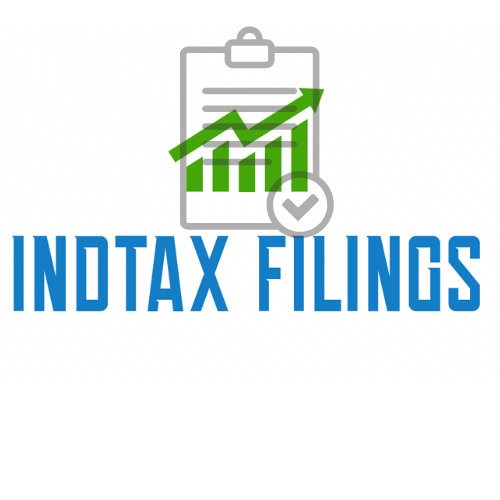Barcodes are a machine-readable representation of data, used to identify and track products throughout the supply chain. They consist of a series of black bars and white spaces of varying widths that can be scanned by a barcode reader to retrieve information about a product, such as its price, origin, and stock status. Barcodes are essential for streamlining operations in retail, manufacturing, and logistics industries by improving accuracy and efficiency in data handling. Barcodes are commonly used in inventory management, point-of-sale systems, and tracking shipments. They help businesses maintain better control over their stock and automate processes for faster transactions.
Benefits of Product Barcodes
- Increased Efficiency: Barcodes enable quick and easy data entry, reducing the time spent on manual product tracking and inventory management.
- Improved Accuracy: Barcodes eliminate the possibility of human errors in data entry, ensuring precise information about product details, inventory, and pricing.
- Faster Checkout Process: In retail environments, barcodes enable swift scanning at checkout counters, leading to reduced waiting times for customers.
- Better Inventory Management: Barcodes facilitate real-time tracking of stock levels, enabling businesses to monitor inventory more accurately and plan for restocking.
- Cost Savings: Barcodes reduce the labor costs associated with manual data entry and tracking. They also minimize the risk of errors, which can lead to cost overruns.
- Enhanced Product Tracking: Barcodes help businesses track products through every stage of the supply chain, from manufacturing to retail, improving transparency and reducing losses.
- Global Compatibility: Barcodes, especially universal formats like UPC and EAN, are recognized and used globally, allowing products to be easily tracked and sold internationally.
Documents Requirements for Barcode Registration
To register barcodes for your products, the following documents are generally required:
- Company Registration Documents: Proof of legal existence, such as a Certificate of Incorporation or Business Registration Certificate.
- GST Registration Certificate: Proof of tax registration (if applicable), showing the business is authorized to sell goods or services.
- Product List: A detailed list of the products for which the barcodes are being registered, including descriptions and specifications.
- Brand Details: Information about the brand under which the products are sold, along with any relevant trademarks.
- Owner’s ID Proof: Identification documents of the company’s owner or authorized representative, such as a PAN card, passport, or driver’s license.
What are the Different Types of Barcodes?
- UPC (Universal Product Code): Commonly used in retail, especially in North America, the UPC barcode is a 12-digit code that identifies individual products.
- EAN (European Article Number): The EAN is similar to the UPC but is used more widely outside of North America, particularly in Europe. It consists of 13 digits and is used for retail products.
- Code 39: A barcode that can encode both numbers and letters, commonly used in non-retail industries for inventory and tracking purposes.
- Code 128: A high-density barcode that can encode a wide range of characters, often used in logistics and shipping industries.
- QR Code (Quick Response Code): A 2D barcode capable of storing much more information than traditional linear barcodes, including URLs, contact details, and more. Widely used in marketing and payment systems.
- ISBN (International Standard Book Number): This is a unique barcode used for identifying books, allowing bookstores and libraries to manage and track inventory.
- ITF-14: This barcode is used on shipping containers and outer packaging to track products during transit, ensuring better logistics management.
How Do Barcodes Work?
Barcodes work by encoding data in a pattern of black bars and white spaces. When scanned by a barcode scanner or a smartphone camera, the scanner reads the sequence of bars and spaces and translates them into a numeric or alphanumeric code. This code is then cross-referenced with a database to retrieve specific information about the product, such as:
- Product Identification: The unique code is used to identify the product type and brand.
- Price Information: The barcode links to the pricing data in the store’s point-of-sale system.
- Inventory Tracking: The system updates stock levels when items are scanned for sale, helping businesses manage their inventory.
Our Barcode Registration Service Package Inclusion
Our barcode registration service package includes the following:
- Consultation and Assessment: A detailed consultation to understand your product range and help determine the most appropriate type of barcode for your business.
- Document Preparation and Submission: Assistance with collecting and preparing all necessary documents for barcode registration, including product descriptions, company details, and identification.
- Barcode Registration: Filing the barcode registration with the appropriate authority, such as GS1, which is the international organization responsible for managing barcode standards.
- Barcode Issuance: Once registered, we will provide you with the official barcodes for your products, which can be printed on packaging or labels.
- Barcode Management: Ongoing support for adding new products to your barcode list, ensuring all of your product lines are covered as your business grows.
- Compliance and Certification: Ensuring that the registered barcodes comply with all global standards, allowing your products to be sold internationally without any issues.
- After-Registration Support: Providing guidance on how to incorporate the barcodes into your operations and assisting with any issues related to barcode scanning, printing, or placement.
Conclusion
Barcodes are an essential tool for businesses, enabling efficient product identification, inventory management, and sales tracking. With the help of a barcode registration service, businesses can ensure their products are compliant with industry standards and ready for sale in retail and online markets. The streamlined process not only improves operational efficiency but also enhances customer satisfaction by speeding up transactions and reducing errors. Registering barcodes is a critical step toward automating and optimizing your business processes, whether you operate locally or globally.
